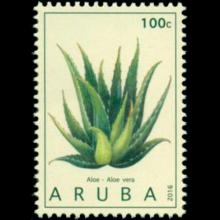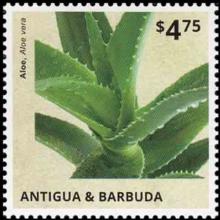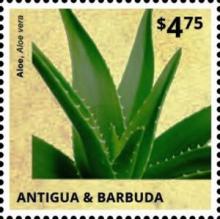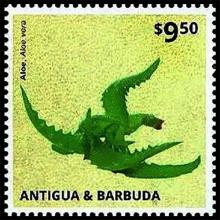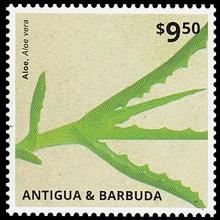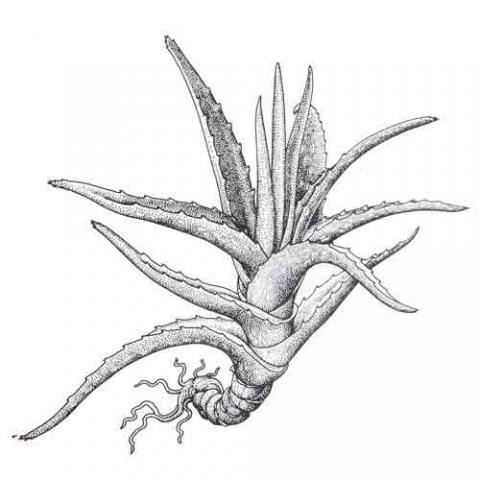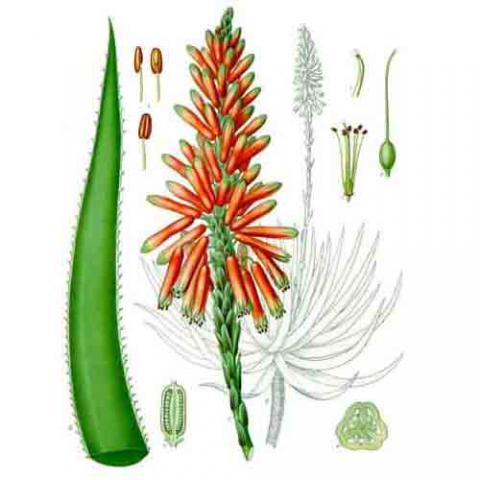NAME(S)
TAXONOMY
PLANTAE ID
THERAPEUTIC
Antigua and Barbuda
Issued:
Stamp:
Aloe vera
Antigua and Barbuda
Issued:
Stamp:
Aloe vera
Antigua and Barbuda
Issued:
Stamp:
Aloe vera
Antigua and Barbuda
Issued:
Stamp:
Aloe vera
Antigua and Barbuda
Issued:
Stamp:
Aloe vera
Antigua and Barbuda
Issued:
Stamp:
Aloe vera
Antigua and Barbuda
Issued:
Stamp:
Aloe vera
Antigua and Barbuda
Issued:
Stamp:
Aloe vera
Antigua and Barbuda
Issued:
Stamp:
Aloe vera
Antigua and Barbuda
Issued:
Stamp:
Aloe vera
Antigua and Barbuda
Issued:
Stamp:
Aloe vera
Antigua and Barbuda
Issued:
Stamp:
Aloe vera
Aloe Vera Cream
Reader Contribution By Taylor Goggin, July 23, 2020
(see her instructional video above)
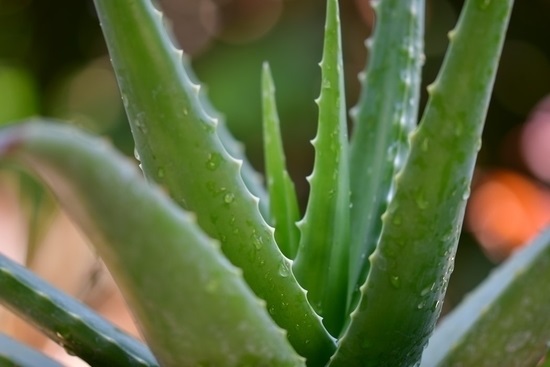
A skin savior, aloe vera gel, comes to the rescue after a monster sunburn. A natural, holistic approach to after sun skin care. I'll be teaching you an easy two-ingredient recipe resulting in your own homemade moisturizing cream.
This cactus like plant contains a gel inside its spiky leaves that contains loads of medicinal properties people have been using for thousands of years. Aloe vera gel can be used for consumption or topical use. The main reason people consume the gel is for the antioxidants, vitamins, and the digestive relief it provides. External uses include; treating a variety of skin conditions, burns, psoriasis, frostbite, cold sores, etc.
I should mention if your burn is severe you should consult a doctor before applying aloe. However, if your sunburn is mild let's dive right in! We will be creating a paste from the gel and coconut oil.
- Step 1: Have your aloe vera plant handy. If you do not have the plant you can buy the leaves at the supermarket or purchase pure aloe vera gel.
- Step 2: Cut the leaf from the base of the plant.
- Step 3: Remove the thorny edges of the leaf by slicing the edges. Then cut the leaf open down the middle. You will see the clear aloe vera gel.
- Step 4: Using a spoon, scoop out the gooey substance from the leaves into a bowl.
- Step 5: Transfer gel into blender with 1 tbsp of coconut oil and blend to smooth consistency.
Once your final product resembles that of a paste you can bottle it up in a jar and store it in the fridge for up to one month. With no added coloring, preservatives, or perfumes this paste has a short shelf life so use accordingly. To treat a sunburn, remove gel from the fridge, the gel is most healing and soothing to skin when cold. Spread a layer over affected areas. Apply a few times a day to sunburned area.
Reference: motherearthnews.com
Genus species (Plantae): Aloe vera
Aloe vera is a stemless or very short-stemmed succulent plant growing to 60–100 cm (24–39 in) tall, spreading by offsets. The leaves are thick and fleshy, green to grey-green, with some varieties showing white flecks on their upper and lower stem surfaces. The margin of the leaf is serrated and has small white teeth. The flowers are produced in summer on a spike up to 90 cm (35 in) tall, each flower being pendulous, with a yellow tubular corolla 2–3 cm (0.8–1.2 in) long. Like other Aloe species, Aloe vera forms arbuscular mycorrhiza, a symbiosis that allows the plant better access to mineral nutrients in soil.
Chemistry:
Aloe vera leaves contain phytochemicals under study for possible bioactivity, such as acetylated mannans, polymannans, anthraquinone C-glycosides, anthrones, other anthraquinones, such as emodin, and various lectins.
Use:
Aloe is a wonderful tonic for the liver and spleen, for the blood and female reproductive system. Aloe regulates sugar and fat metabolism and tonifies all the agnis, the digestive enzymes for the body; and at the same time it reduces Pitta. It is rejuvenative for Pitta and for the uterus. Two teaspoons of it can be taken three times a day, with a pinch of turmeric, as a general tonic. It is more palatable mixed with water or apple juice. Or three ounces of the gel can be taken from a fresh plant along with three ounces of water, three teaspoons of salt, brought to a boil and combined with one ounce of raw sugar and taken in teaspoonful doses. Commercial aloe juices are often diluted and combined with other additives that may give them a different efect.
As a nutritive tonic, aloe can be combined with shatavari, as a bitter tonic with gentian, and as an alterative and emmenagogue with manjishta. The fresh juice can be applied externally for burns, sores, herpes, etc.
Aloe powder is a powerful laxative that must be used in small amounts. The powder's taste is nauseating and so should be taken in capsules. The powder can also cause severe gripping and should be taken with a carminative herb like turmeric or rose flowers.
References: TheNaturopathicHerbalist

